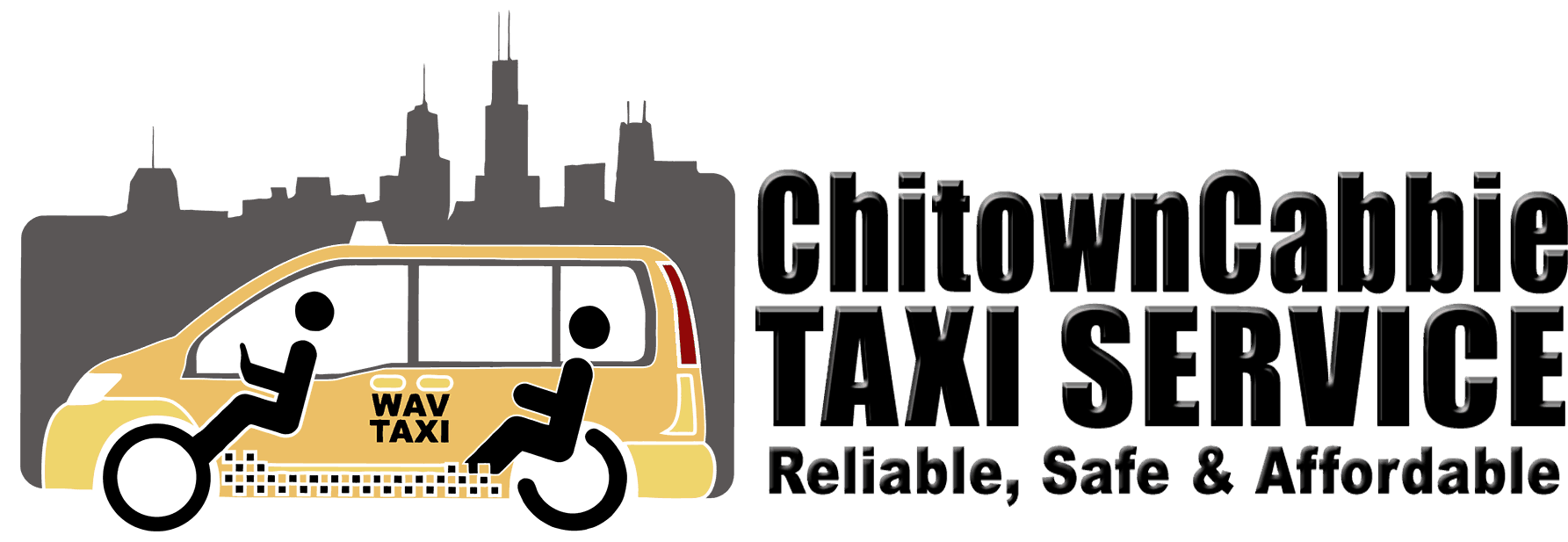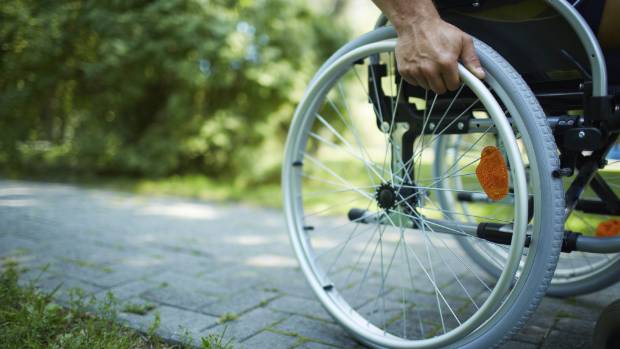Traveling is already bittersweet in itself. Especially if you’re taking public transportation to in order to get going, things might get a little bit rougher. If the slight thought of traffic, delayed rides, and strangers make you feel uncomfortable, imagine being a person-with-disability.
Indeed, traveling with a wheelchair is a dreadful experience. The number of issues that disabled passengers encounter during a trip is a lot compared to normal commuters. And it seems that their situation isn’t going to get any better soon.
With that said, in this blog, we will be tackling the most common problems PWD’s encounter when traveling with a wheelchair. I hope that by writing this, I will be able to enlighten everyone else about the difficulties our wheelchair-bound friends go through each day.
Loads of paperworks
Traveling abroad with a wheelchair requires a lot of paperwork. This ranges from the doctor’s approval, VISA or passports, and advanced booking for assistance from the airlines. Sometimes, the process could take days, weeks, or even months to be completed. This, in turn, could lead to frustrations. Especially if something keeps going on and delays the process. And to make things worse, there are no established laws, in particular, to help minimize the work for PWD travelers.
Accessibility
If a PWD is traveling to an unfamiliar place, they’re bound to experience some inconveniences. For instance, rural areas might not have wheelchair-friendly infrastructures. Sidewalks might not have ramps, doors might be too narrow, and roads might be too rocky. Most importantly, some of them heavily rely on private-hire or rental vehicles. However, the chances of wheelchair-accessible-vehicles (WAV) in a rural place is highly unlikely. Whether the factors may be poverty, culture, or simply environmental, some areas of the world are difficult to negotiate for a disabled individual.
Also, even with wheelchair-friendly services, some people still deny PWD access to it. For instance, there are numerous reports of wheelchair-accessible-vehicles (WAV) drivers who refuse disabled passengers. Wheelchair passengers who are traveling alone also don’t always get the necessary assistance from transit operators. Hence, barrier-free services/places don’t always mean lesser problems. In fact, sometimes it might even cause more headaches.
Discrimination
Some people can be very insensitive and ignorant when dealing with disabled individuals – that’s an inevitable truth. This is because certain societies are simply just not fully-inclusive. Some countries lack discipline and education that often times, PWDs get discriminated or bullied for their illnesses. With that said, the stakes of emotional and psychological damage are very high.
Scams
Everyone is prone to scams. But if a person is carrying a wheelchair, it might give the impression that they’re a lot more vulnerable than others. Many people have tried (and often times successfully) take PWDs’ situation for granted. Some might charge extra for simply helping you with your luggage. Best example are cabbies who refuse to take you unless you pay an additional $15 because of your wheelchair. Or some might not inform their disabled passengers about the discounted fare. Some might even be bold enough to steal from wheelchair-bound individuals. Hence, it is always important to know your rights and privileges if you’re traveling with a wheelchair.
Insurance coverage
Traveling with a wheelchair often comes with a ton of risks both on the health and safety of the individual. During the trip, a person might lose or damage his/her equipment and luggage. It’s already bad news itself, but imagine realizing that the coverage of your insurance doesn’t go all the way to where you’re currently traveling. That means, you’ll not only be worrying about the damages, but you’ll be shouldering the replacement of those equipment as well.
Living with a disability is a challenge already, so let us help make things easier for them by improving the transportation system. Share this blog to your friends and family to spread awareness!


